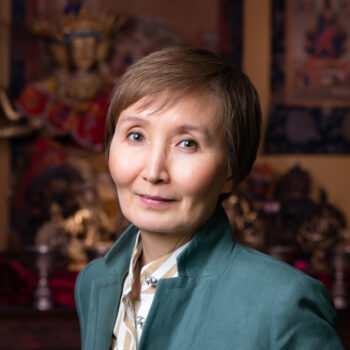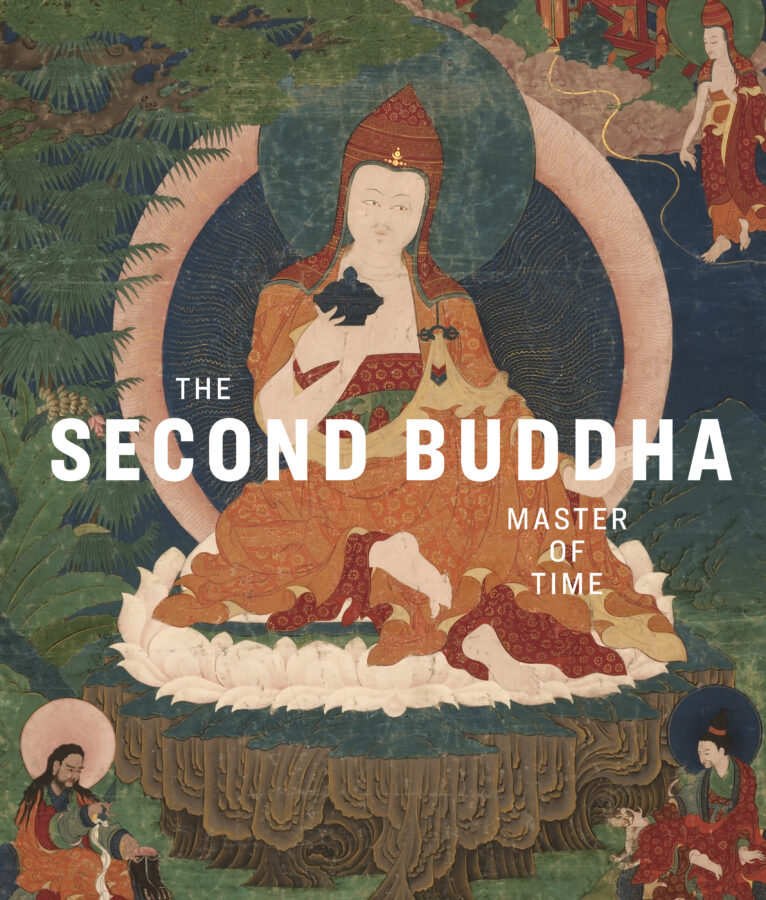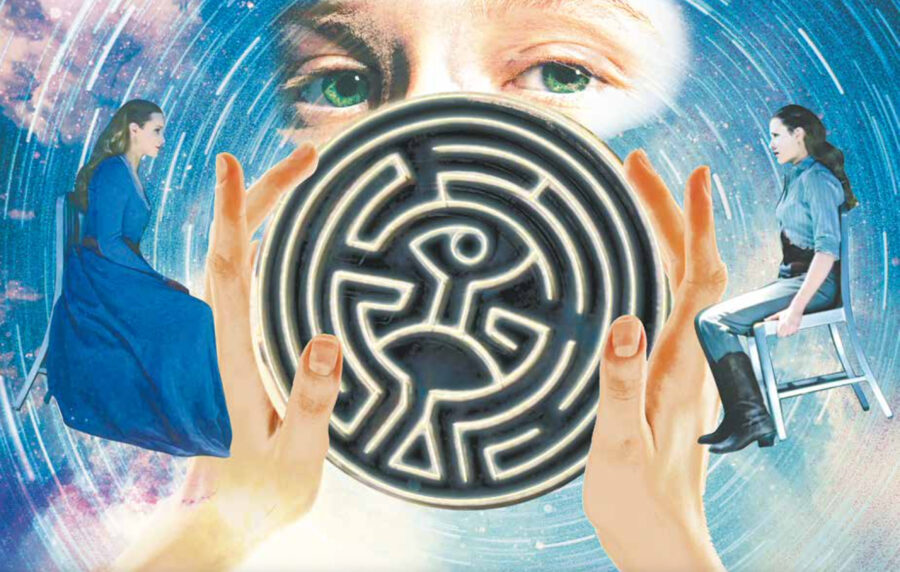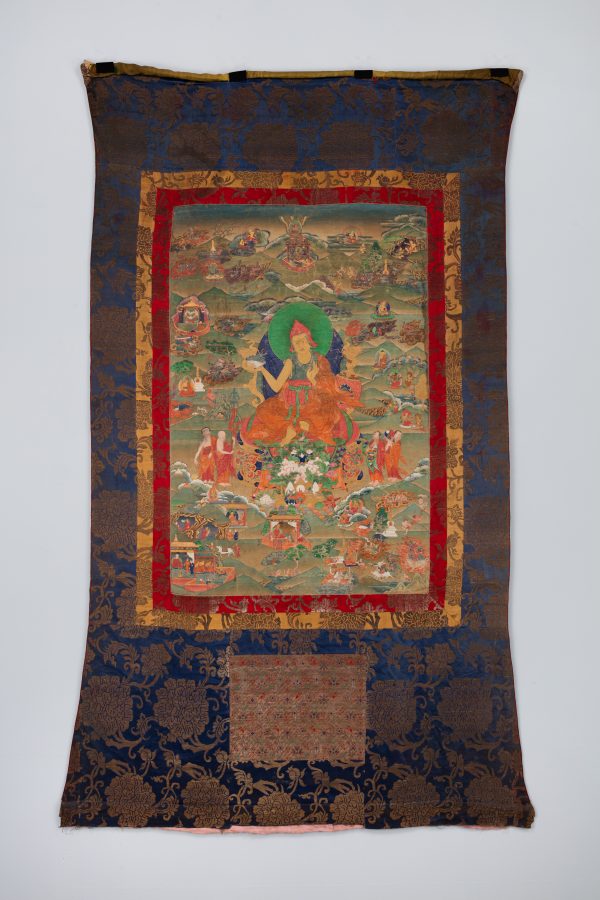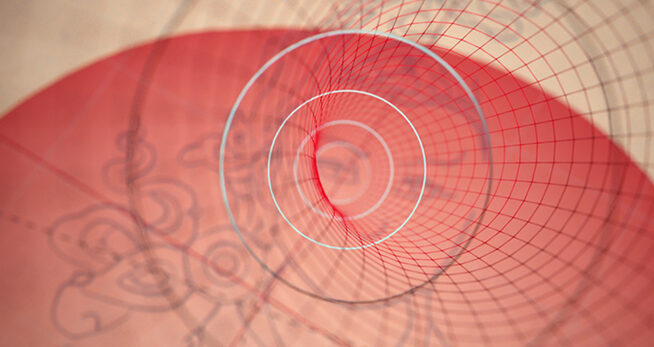The Second BuddhaMaster of Time
Rubin Museum
150 W. 17th St., NYC
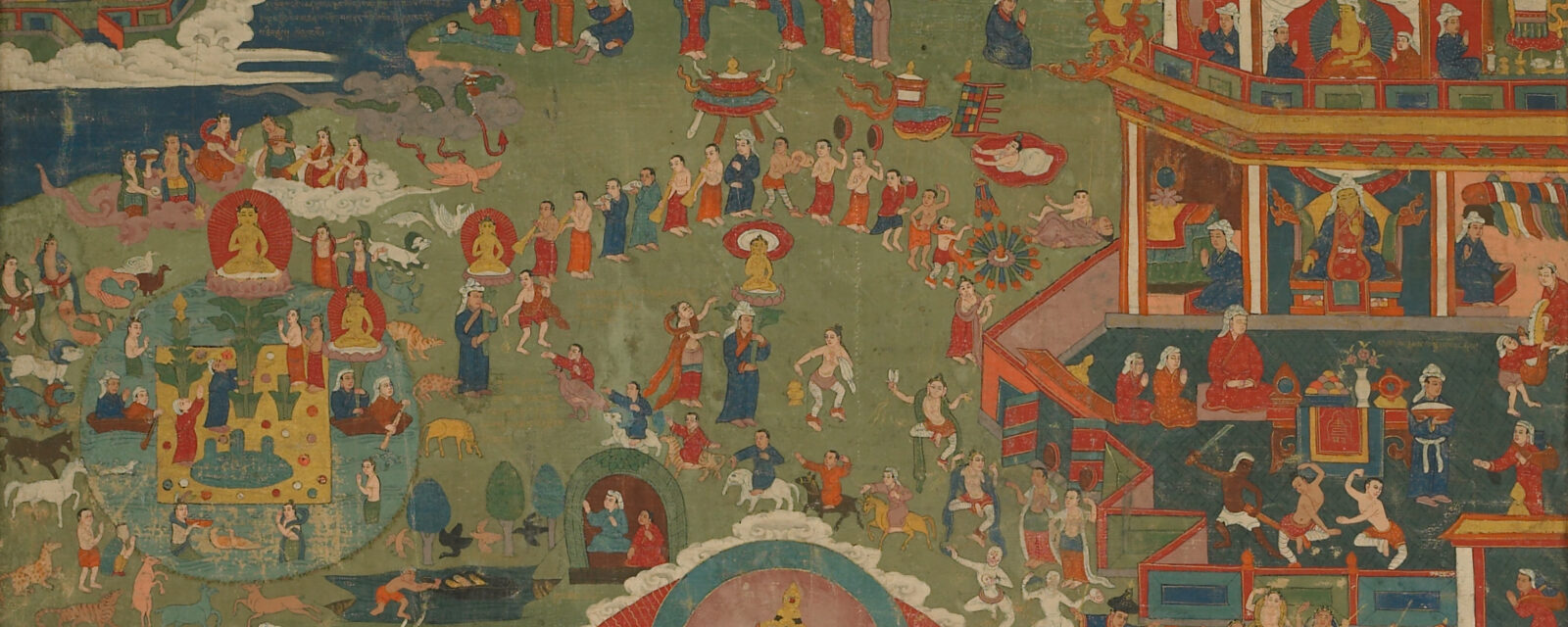
Scenes from the Life of Padmasambhava; Tibet; 19th century; Pigments on cloth; Rubin Museum of Art;
C2007.16.1 (HAR 81832 )
The future is both present and projected from the past at the Rubin Museum of Art, with an exhibition that tells the story of the legendary Indian master Padmasambhava. Celebrated by Tibetans as “The Second Buddha,” Padmasambhava, the Lotus Born, is believed to have been instrumental in converting the land and people of Tibet to Buddhism. His legends carry universal relevance about triumph over obstacles, the power of human emotions, transformation, impermanence, achieving liberation from life and death, and notions of time—all of which transcend specific cultures and eras.
